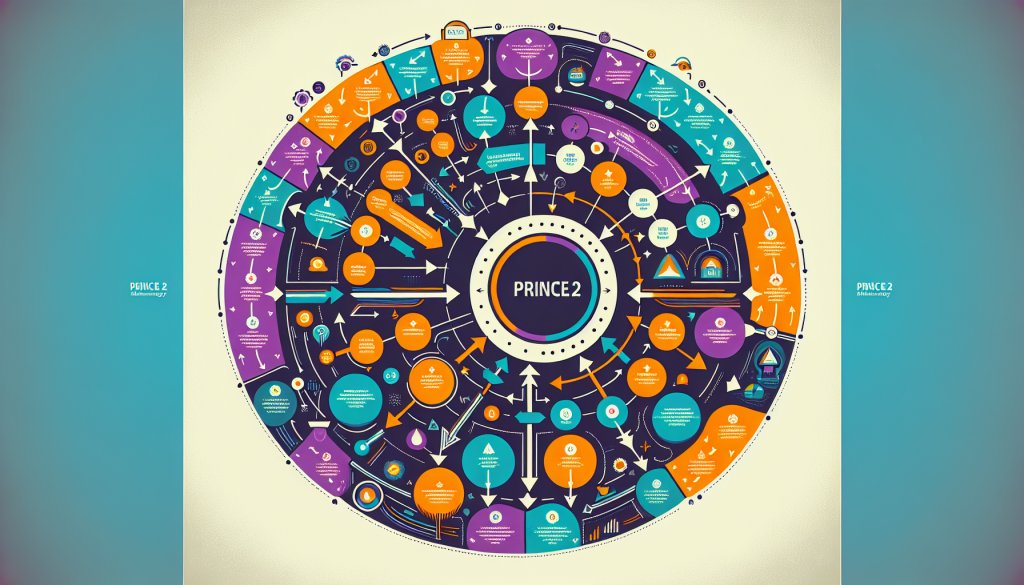PRINCE2 methodology is widely recognized as a reliable framework for project management, but there are several misconceptions about it that can lead to confusion and misunderstandings. In this essay, we will debunk seven common misconceptions about PRINCE2 methodology to help clarify its purpose and benefits.
PRINCE2 is too rigid and bureaucratic: One of the most common misconceptions about PRINCE2 is that it is a rigid and bureaucratic methodology that stifles creativity and innovation. In reality, PRINCE2 is a flexible framework that can be tailored to suit the specific needs of any project. It provides a set of guidelines and principles that can be adapted to different situations, allowing for greater creativity and innovation.
PRINCE2 is only for large projects: Another misconception about PRINCE2 is that it is only suitable for large, complex projects. While PRINCE2 is indeed designed to handle large-scale projects, it can also be applied to smaller projects with equal effectiveness. The principles and processes of PRINCE2 can be scaled up or down to suit the size and complexity of any project.
PRINCE2 is too theoretical: Some people believe that PRINCE2 is too theoretical and academic, making it difficult to implement in real-world projects. In fact, PRINCE2 is a practical methodology that is designed to be applied in real-world situations. It provides a clear and structured approach to project management, making it easier for project managers to plan, execute, and monitor their projects effectively.
PRINCE2 is too time-consuming: Another misconception about PRINCE2 is that it is too time-consuming and requires a lot of paperwork and documentation. While PRINCE2 does involve some paperwork and documentation, these are essential tools for ensuring that projects are well-planned and well-managed. By following the principles and processes of PRINCE2, project managers can save time and avoid costly mistakes.

PRINCE2 is too expensive: Some people believe that implementing PRINCE2 is too expensive and requires a significant investment in training and resources. While there are costs associated with implementing PRINCE2, the benefits far outweigh the expenses. PRINCE2 helps projects to be delivered on time, within budget, and to the required quality standards, which can ultimately save money in the long run.
PRINCE2 is only for IT projects: Another misconception about PRINCE2 is that it is only suitable for IT projects. While PRINCE2 was originally developed for IT projects, it can be applied to a wide range of industries and sectors. The principles and processes of PRINCE2 are universal and can be adapted to any project, regardless of its nature or scope.
PRINCE2 is too complex: Finally, some people believe that PRINCE2 is too complex and difficult to understand. While PRINCE2 does have a structured approach to project management, it is designed to be simple and easy to follow. By breaking down projects into manageable stages and tasks, PRINCE2 helps project managers to stay organized and focused, making project management more manageable and effective.
The Ultimate Guide to Implementing PRINCE2 Methodology in Your Project Management .
In conclusion, PRINCE2 methodology is a valuable framework for project management that can help organizations to deliver successful projects on time and within budget. By debunking these common misconceptions about PRINCE2, we can better understand its purpose and benefits, and make informed decisions about its implementation in our projects.